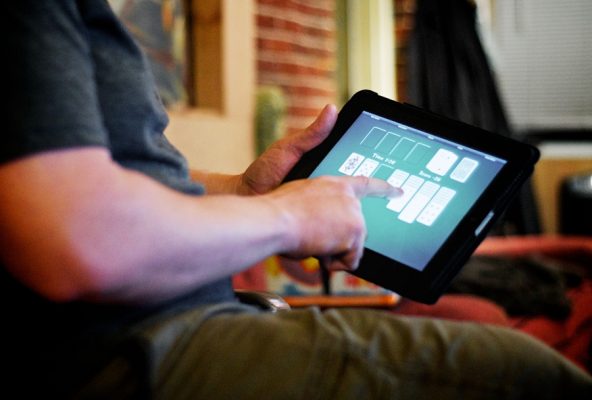Touchscreen News
Touchscreen Technology: Where it’s at and Where it’s Headed
Touchscreen technology is found virtually everywhere. From your home and car to industrial factories and retail shopping malls, it’s become a staple component of our daily lives. In just over a decade, the touchscreen technology has advanced dramatically, offering greater reliability and functionality. So, what kind of changes can we expect to see in touchscreen technology in the years to come?
3D Touch
Technically, 3D Touch technology is already here. Originally invented by Apple, it allows touchscreen devices like the iPhone and iPad to register different commands based on the pressure of a user’s touch. Touching the display with light force, for instance, may register one command, while touching with heavier force may register a different command. This essentially opens the doors to a whole new world of possibilities, as 3D Touch allows for greater customization and input commands.
Smaller Size
Of course, it’s also safe to assume that touchscreen devices will become smaller and more compact in the future. This trend has been happening ever since touchscreens were first invented, with manufacturers continuing to optimize the design for smaller frames. As the hardware becomes smaller (e.g. processor, memory and storage drive), manufacturers are able to produce even thinner touchscreen devices. The iPad Air 2, for instance, weighs less than a pound and measures just 6.11mm thin.
Greater Haptics Feedback
Many touchscreen devices already use haptics response systems, but the use of tactile haptics feedback will likely increase in the future. Haptics involves the use of vibration, acoustics or other measures which are triggered when a user taps a key or enters a command. According to a study conducted by researchers at the University of Glasgow Scotland, haptics-based touchscreen devices reduced input errors by 20%; increased input speed by 20%; and reduced the operators’ “cognitive load” by 40%.
Emphasis on Ergonomics
Last but not least, the touchscreen industry is evolving to place a greater emphasis on ergonomics. Some of the older touchscreen devices were downright uncomfortable to use, but manufacturers today are designing their devices to meet the operator’s needs. This may include adjusting the size/shape; using self-adjusting brightness features; etc.

